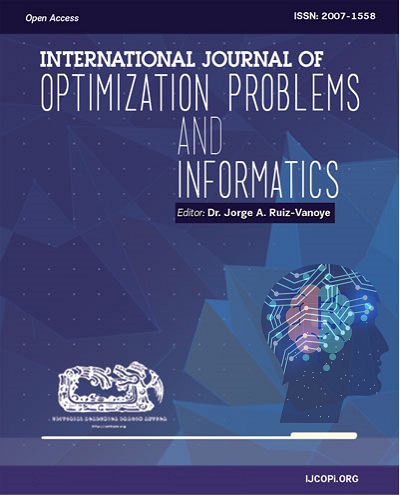On the prediction of the labor welfare by using Markov chain approach
DOI:
https://doi.org/10.61467/2007.1558.2025.v16i4.959Keywords:
markov chains, Prediction, labor welfareAbstract
In this contribution, the Markov chain approach is used to predict the job satisfaction of employees in a telecommunications company in Mexico. Under certain assumptions, the Chapman–Kolmogorov equation is applied to estimate the probabilities that: employees remain satisfied if they are satisfied; if they are not satisfied, the probability that they remain unsatisfied; if they are satisfied, the probability that they will become unsatisfied; and finally, if they are unsatisfied, the probability that they will become satisfied, within a one-year prediction horizon. Our proposal could be applied to support decision-making in human capital management strategies.
Smart citations: https://scite.ai/reports/10.61467/2007.1558.2025.v16i4.959
Downloads
Published
How to Cite
Issue
Section
License
Copyright (c) 2025 International Journal of Combinatorial Optimization Problems and Informatics

This work is licensed under a Creative Commons Attribution-NonCommercial-NoDerivatives 4.0 International License.





